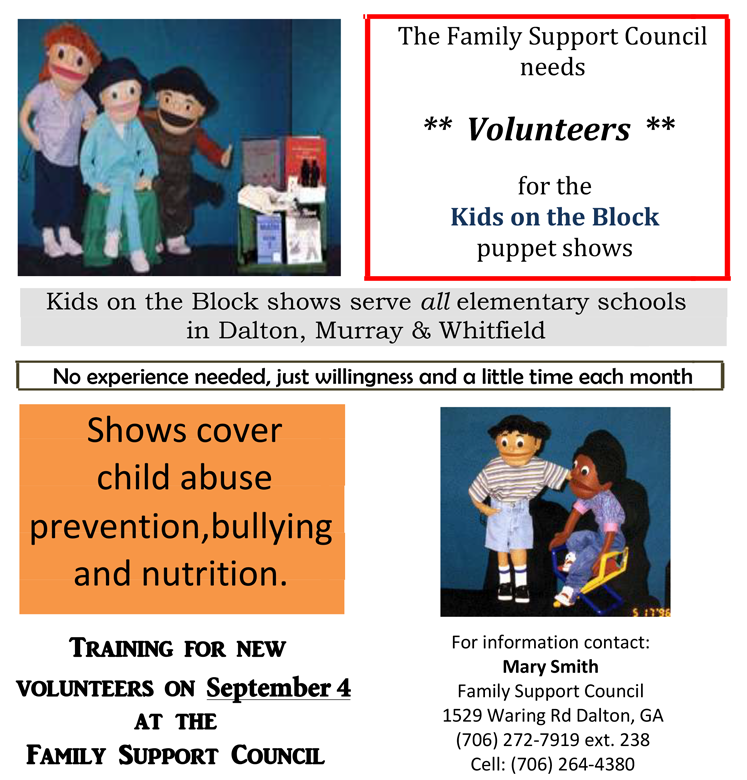The recent incident with pro football player Adrian Peterson beating his 4 year old son has brought the whole issue of corporal punishment to the forefront. For those who may not know what happened, Peterson stuffed his child’s mouth with leaves so he couldn’t yell and beat him with a stick so that the child had lacerations on his legs, back, and even his scrotum. The child had defensive wounds on his hands and arms. When the mother took the child to the emergency room, a pediatrician made a child abuse referral. Peterson was indicted. What is almost as appalling to me, and many others, as the brutality of what Peterson did is the fact that some people are actually defending him for this despicable act. They say he was only disciplining his child. Many parents believe spankings and other forms of physical punishment are acceptable because that’s how they were raised, and, they say, “I turned out all right.” Some people even get angry and defensive if you try to talk to them about not hitting their children.
Although spankings and other physical punishments may get a child’s immediate attention, they don’t provide the kind of positive guidance needed to help children grow into their best selves, experts say. Most parents love their children and want the best for them but hit them because they believe that technique works. But experts agree that it works only in the moment and actually can cause long-term damage.
Research clearly shows that kids who are subjected to physical punishment have more trouble in life, not less, as parents would hope. “The use of physical punishment has been linked to negative outcomes among children and adolescents including delinquency, substance abuse, antisocial behaviour, and psychological problems,” says Elana Mansoor, PsyD, an assistant professor of clinical pediatrics at the University of Miami Miller School of Medicine and the co-director of the Families First Network.
To a child, physical punishment can seem inconsistent, based on how stressed the parent is that day, or on whether the parent is mildly irritated or very angry. “A parent’s force may be influenced by their own emotions, which can vary from incident to incident,” Mansoor explains. Plus, she says, “The unpredictable nature of hitting may lead to unintentional injury.”
Perhaps that is what happened with Adrian Peterson. In statements after he was charged with injuring his child, he said, “When I disciplined my son the way I was disciplined as a child, I caused an injury that I never intended,” and, “I won’t ever use a switch again…There’s so many different ways to discipline your child…timeout, taking their toys away….”
Physical punishment can teach children many unintended lessons. For example, often parents say to their child, as they hit them, “This hurts me more than it hurts you,” or, “I’m only doing this because I love you.” But what does that teach the children? It teaches them that this is what people do when they love you — they hit. Could that be one reason domestic and child abuse are so rampant in this country?
Discipline is one of the defining elements of parenting. It is fundamental to the parent-child dynamic. In its most basic form, discipline is about choices and consequences: You explain your expectations for your child, and, if he ignores these rules or expectations, there are consequences; and the aim of these consequences should be to encourage your child to stop negative behaviors, make positive choices, and ultimately become a better person.
Kids need and, I think, actually want discipline and limits. Through discipline, they are taught to become responsible, honest, kind, caring people. By following their parents’ guidance, teachings, and rules, they have the chance to grow up to be well-behaved and respectful individuals. The big caveat: discipline and punishment are not the same thing. Discipline is a whole system of teaching based on a good relationship, praise, and instruction for the child on how to control his or her behavior. Punishment is a negative: an unpleasant consequence for doing or not doing something. Punishment should be only a small part of discipline; and the American Academy of Pediatrics recommends that if punishment is needed, alternatives to spanking should be used.
Here are five reasons why discipline is better than punishment. This list was adapted from an article by Jay Scott Fitter, a licensed marriage and family therapist and a parenting expert.
Punishment is about overreacting. The urge to punish comes from within when you feel hurt by your child’s behavior—you’re looking to strike back and inflict this same pain, often overreacting to the situation. In the heat of the moment, Mom or Dad might lash out in anger or impulsivity, raising a hand to a child, instead of taking a deep breath and assessing the situation objectively.
Punishing doesn’t teach lessons. Once you’re caught up in the punishment mindset, it’s hard to think rationally or be compassionate. And it doesn’t help your child learn right from wrong. What specific “lesson” does a yanked and twisted arm teach? But treating a child with respect, talking to him and getting him to thoughtfully discuss the situation turns his inappropriate behavior into a learning opportunity.
Parents and children are mismatched. A big problem with an adult punishing a child is that the two are not equals. Yet parents often don’t focus on this inequality or the incredible vulnerability of a child. No one would argue that children are different from adults. They’re not the same size or strength, and they have less knowledge and fewer life experiences. What’s more, when parents punish their kids out of anger, they teach them that it’s okay to treat those who are weaker, smaller and younger with less respect. It’s an unfortunate example of parents modeling bullying behavior. Maybe this is one reason bullying has become such a problem among our children and youth.
Children deserve the same respect as adults. Consider the dozens of interactions you have with others on a daily basis. Would you swat a co-worker or hit an associate because she didn’t do a good job, spoke out of turn or disappointed you? Of course not! In any other situation, you would react with a degree of self-control. But, for whatever reason, some parents react to misbehaving kids by hitting them out of anger.
Punishment creates a fear-based relationship. Consider the type of relationship a parent develops with a child and the example set in regards to problem solving. If a parent frequently punishes a child, a relationship built on fear is established. If a parent is aggressive and unpredictable, the child will become fearful and worry about what his parent will to do every time he makes a mistake. Moreover, this fear and anxiety stays with the child later in life. He may be waiting to be hurt and for something bad to happen.
Here are some positive discipline strategies from an article by Kiki Bochi, an award winning journalist and managing editor of Broward County, Florida, Family Life magazine.
| Praise good behavior. Children love attention. When they do something right, be sure to recognize it. Your child will feel rewarded for being good and will demonstrate more of the behavior that pleased you.Redirect your child’s attention. Learning self-control is an ongoing, challenging process for children. You can help keep them on track. Bring crayons to the restaurant or books to read at the doctor’s office. Engage your child in conversation or games instead of expecting him or her to just sit there and “be good.”
Be specific. It’s not enough to tell your child to behave. To a child, that can mean many things. Outline what you expect: “I don’t want you to run through the aisles or pull items off the shelves in the grocery store. I expect you to stay near me and help me find the things we need.” Be prepared to repeat these expectations on subsequent visits. Or, if your child is old enough, you can ask him to tell you what he thinks your expectations are.
Set age-appropriate expectations. Young children may not be able to do what you ask, even if you make yourself clear. Be reasonable in what you expect. A toddler will have toileting accidents – that is part of learning. A young child may not have the balance or coordination to carry a glass without spilling it. Older children may not have the maturity to make the right choices. It is up to you to teach them with patience and love.
Use logical consequences. If your child won’t put away a toy, for example, take it away for a short time. Homework’s not done? No TV or computer time tonight. A consequence that is logically connected to the behavior is more likely to teach a lesson and be remembered later.
Use time outs. If children are misbehaving, remove them from the situation to allow them to regain control. The duration of the time out should be consistent with the child’s developmental level and is typically one minute for each year of age.
Set family rules. With your child’s help, establish rules that apply to everyone. “We don’t hit.” “We speak to each other with respect.” “We don’t use the belongings of others without asking.” Create guidelines that address issues in your family, then set a good example. When children forget, you can then remind them, “We do not do this in our family.”
Seek guidance. If you want to become a stronger parent or have questions, talk to your child’s pediatrician, sign up for a parenting class, or talk to a counselor. |
Bottom line: Learn ways to correct unwanted behavior in kids and teach positive behaviors using discipline strategies rather than punishment. It’s a loving, respectful, and effective way to help them.
(Note: On Nov. 4, 2014, Adrian Peterson pleaded no contest to reduced charges of misdemeanor reckless assault. He was ordered to pay a $4,000 fine and perform 80 hours of community service. The NFL suspended the Minnesota Vikings running back without pay for the remainder of the 2014-15 season. As of this writing, Peterson is appealing the suspension.)
_________________________________________________________________
Tom Bartley is a retired educator and currently is the Director of Parenting at the Family Support Council, 1529 Waring Road. For a copy of this article and more information about the Family Support Council, visit www.familysupportcouncil.com.

